India heatwave: Death toll passes 1,400 as extreme temperatures hitting 47C melt roads
Most of the victims are believed to be labourers, elderly and homeless people
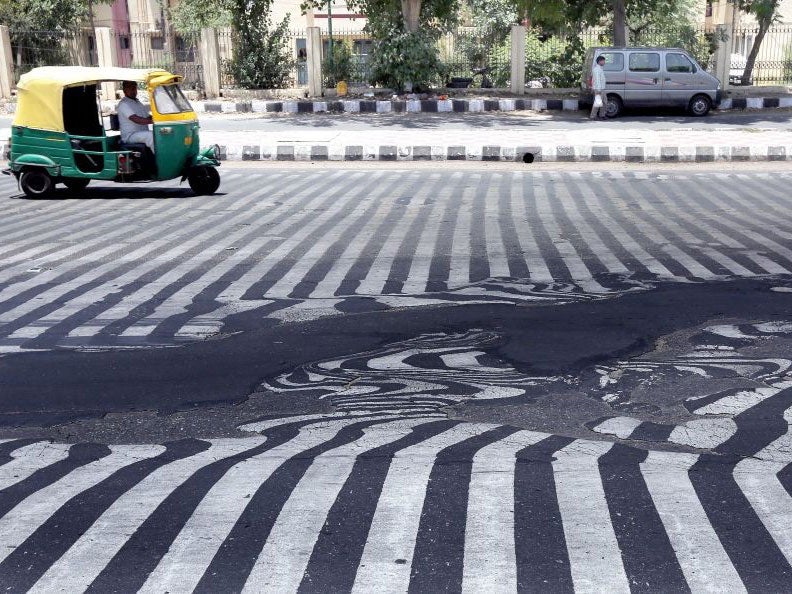
More than 1,400 people have died in a continuing heatwave in India that has seen extreme temperatures melt roads, dry wells and crack parched land.
Road markings were distorted in Delhi after days of temperatures hitting 45C turned asphalt liquid and the government is urging people to stay inside.
Many of the victims are believed to be homeless people, construction workers and labourers unable to find shelter from the conditions.
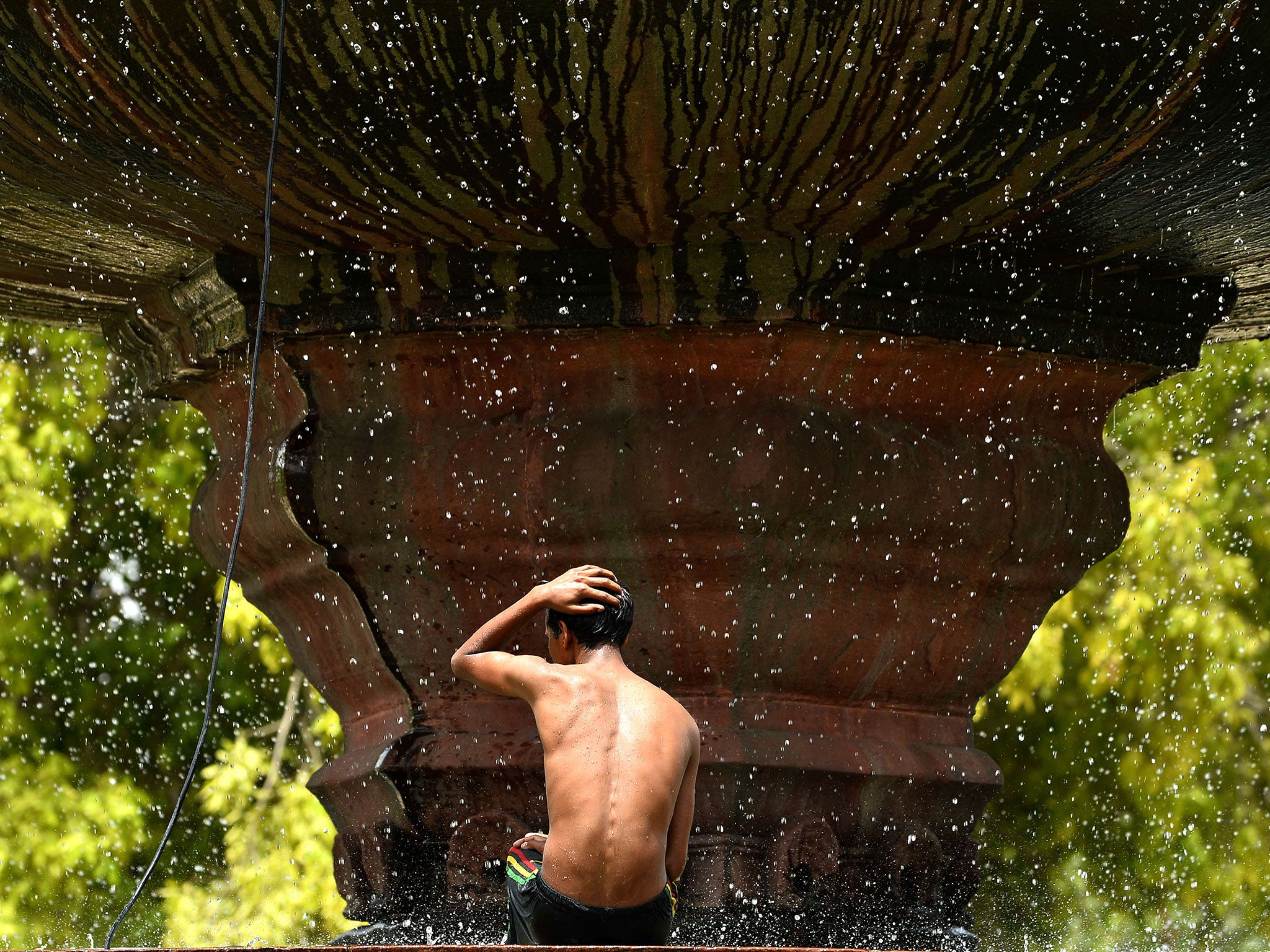
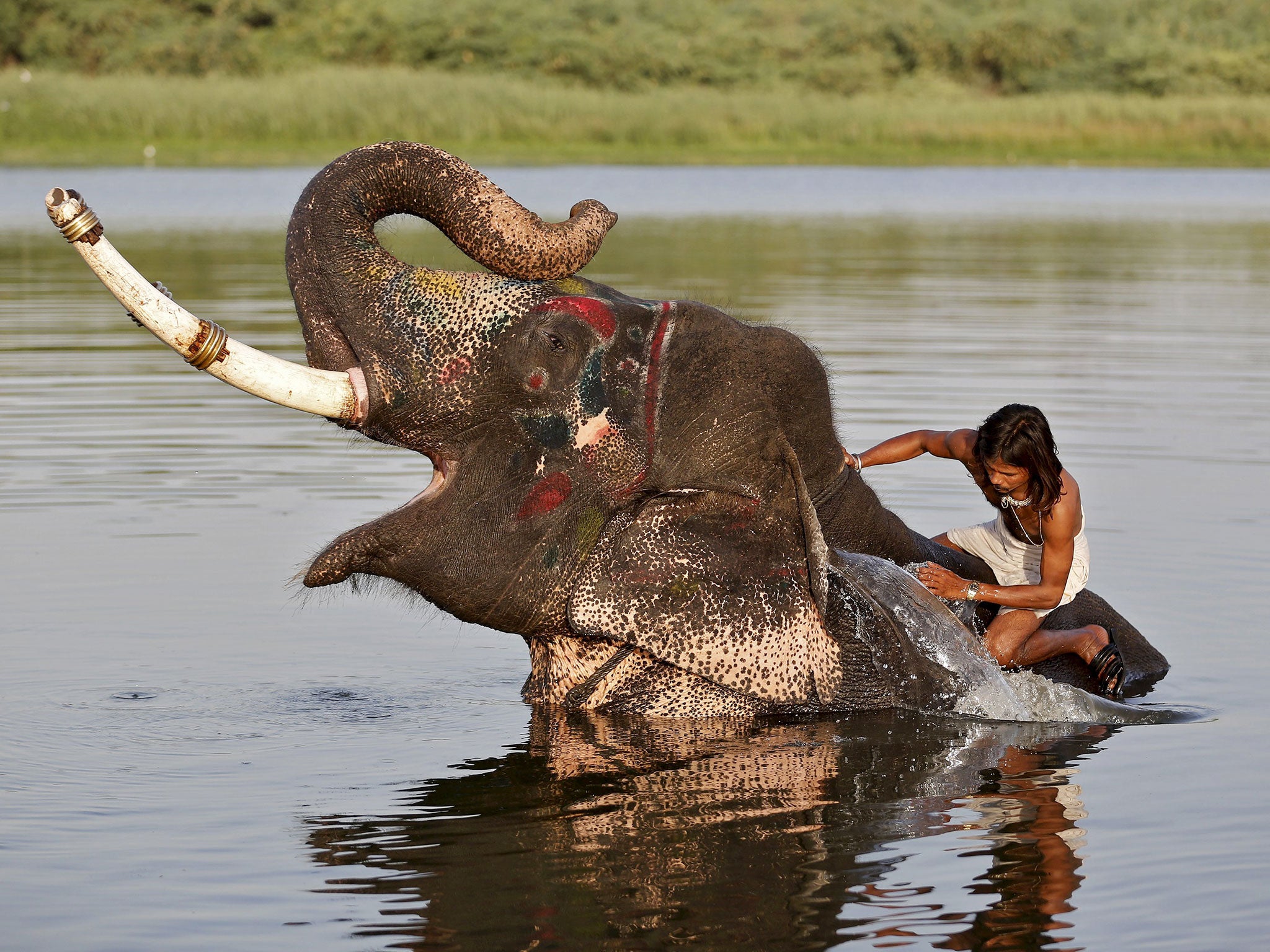
Elderly people and young children are also at a greater risk of succumbing to dehydration or heat stroke.
The worst-hit states of Telangana and Andhra Pradesh, in south-eastern India, reported 1,270 deaths as temperatures hit 47C, the Hindustan times reported.
People have also been killed by heat-related conditions in Gujarat, West Bengal and Orissa.
Sporadic showers and cloud cover provided brief respite on Wednesday but the Indian Meteorological Department (IMD) has issued more warnings for the coming days.
A red alert for “severe heat” followed by violent thunderstorms was issued for Telangana, Andhra Pradesh, Jharkhand and Odisha, while amber warnings were issued for more of the country’s northern and central states.
The conditions were forecast to continue until Monday at least, although temperatures will be cooling slightly as rain returns to much of the country.
There is little sign of respite in Delhi, where temperatures are expected to remain at between 43C and 45C for the next fortnight.
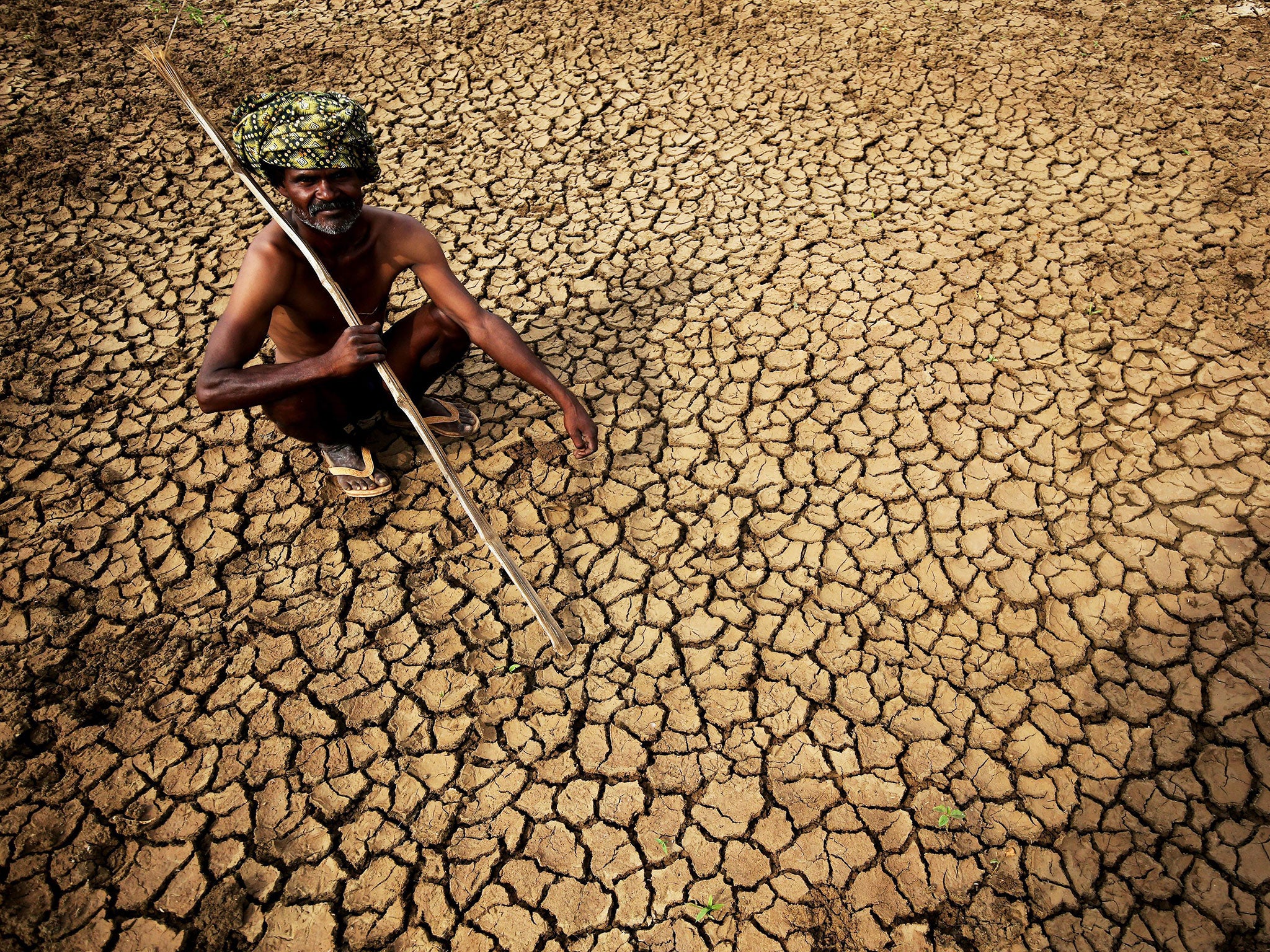
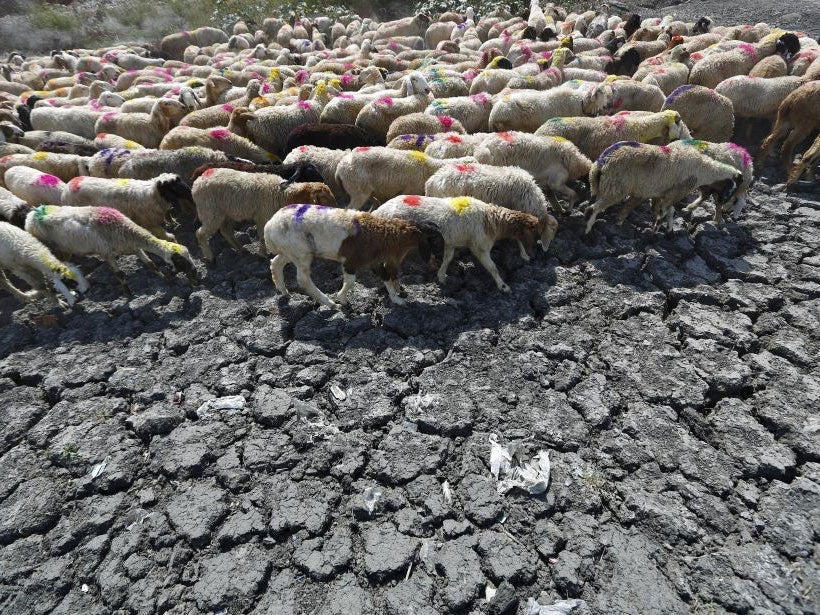
India’s National Disaster Management Authority classes a heatwave as a period of “abnormally high temperatures” during summer, typically from March to June.
The current conditions are being caused by a lack of rain combined with hot, dry winds from the desert state of Rajasthan and meteorologists have warned that the heat may not break until monsoon sets in next month, risking drought.
A spokesperson said: “Higher daily peak temperatures and longer, more intense heatwaves are becomingly increasingly frequent globally due to climate change.
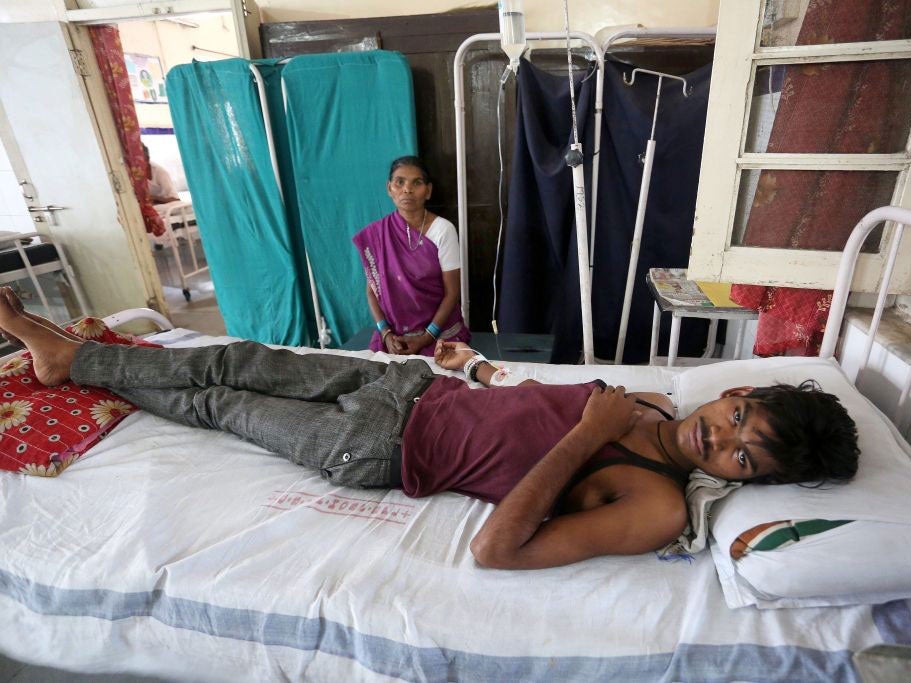
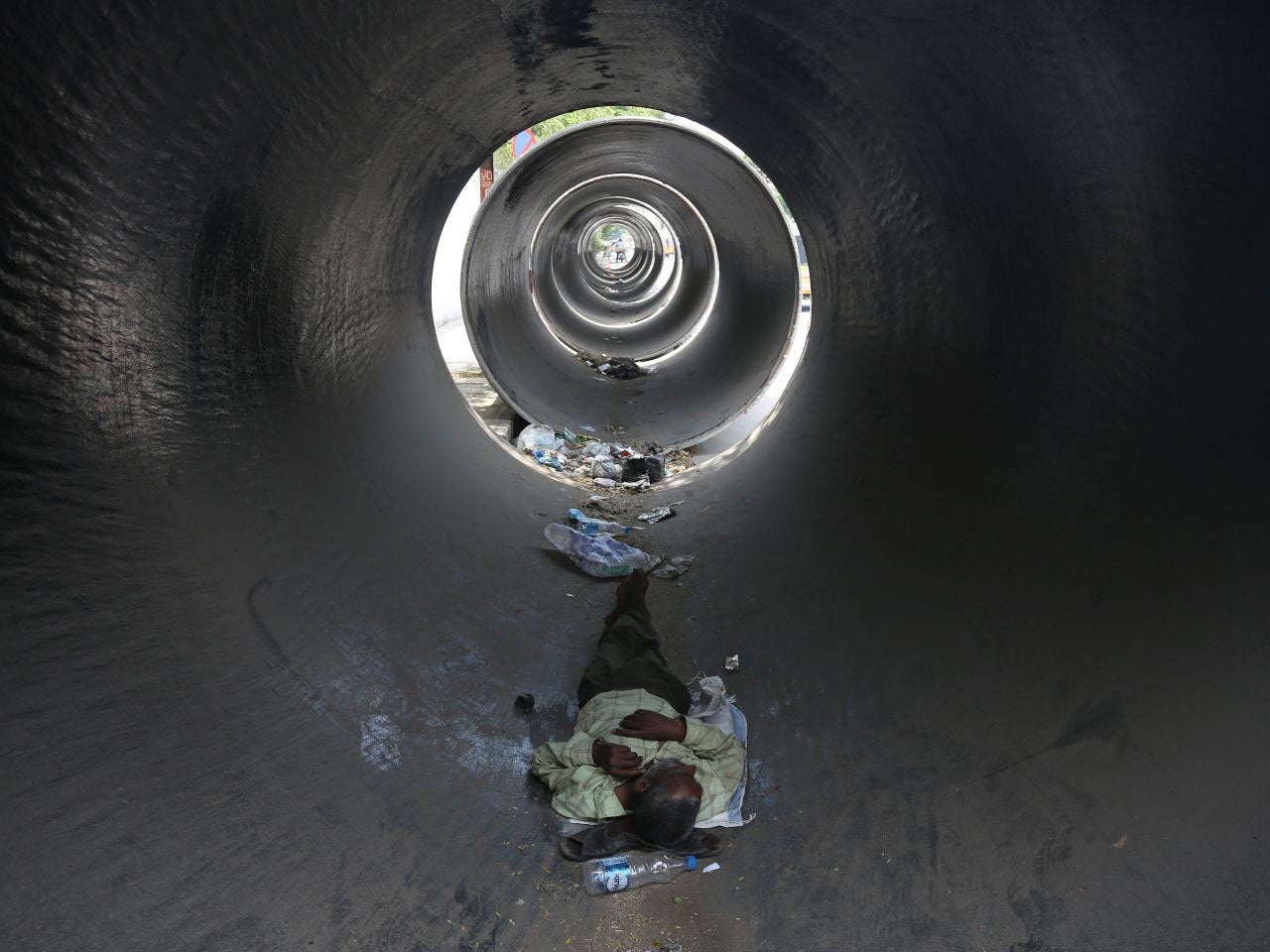
“India too is feeling the impact of climate change in terms of increased instances of heatwaves which are more intense in nature with each passing year, and have a devastating impact on human health thereby increasing the number of heatwave casualties.”
Hospitals are being filled with patients suffering from dehydration, heat cramps, heat exhaustion and deadly heat stroke.
People are being advised to stay out of the sun, eat well and drink plenty of water but there are fears for the millions of homeless people who have no shelter.
Join our commenting forum
Join thought-provoking conversations, follow other Independent readers and see their replies
Comments